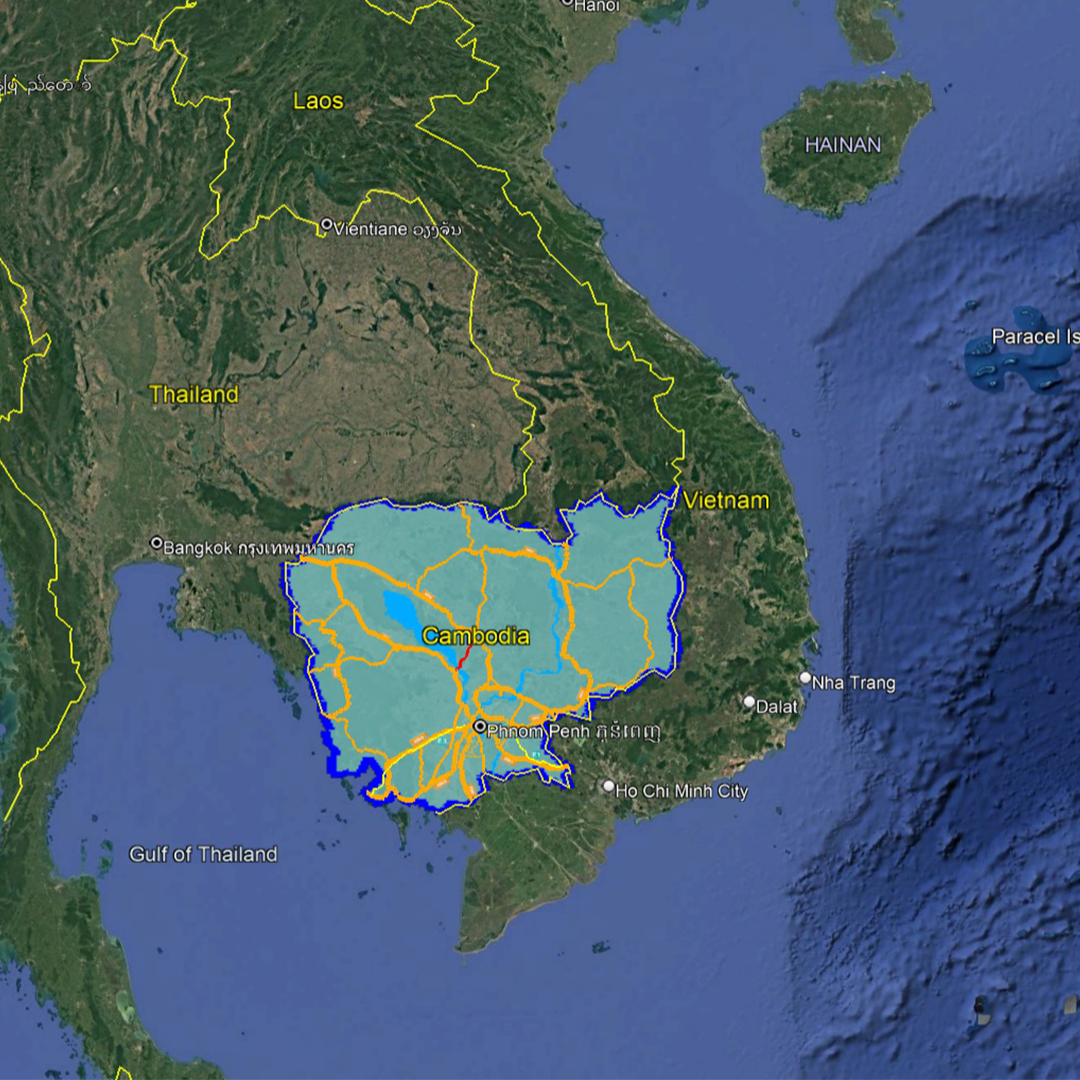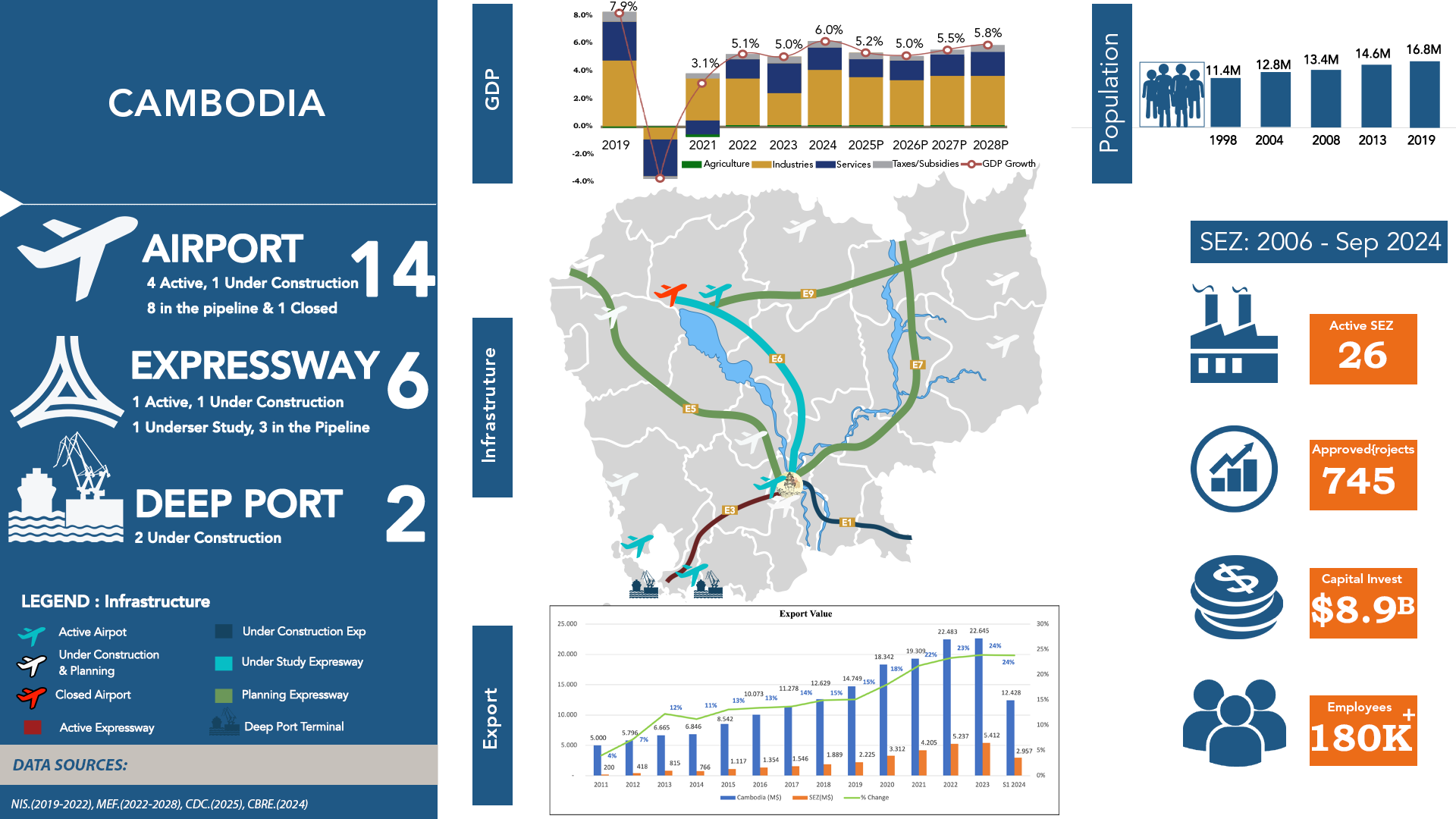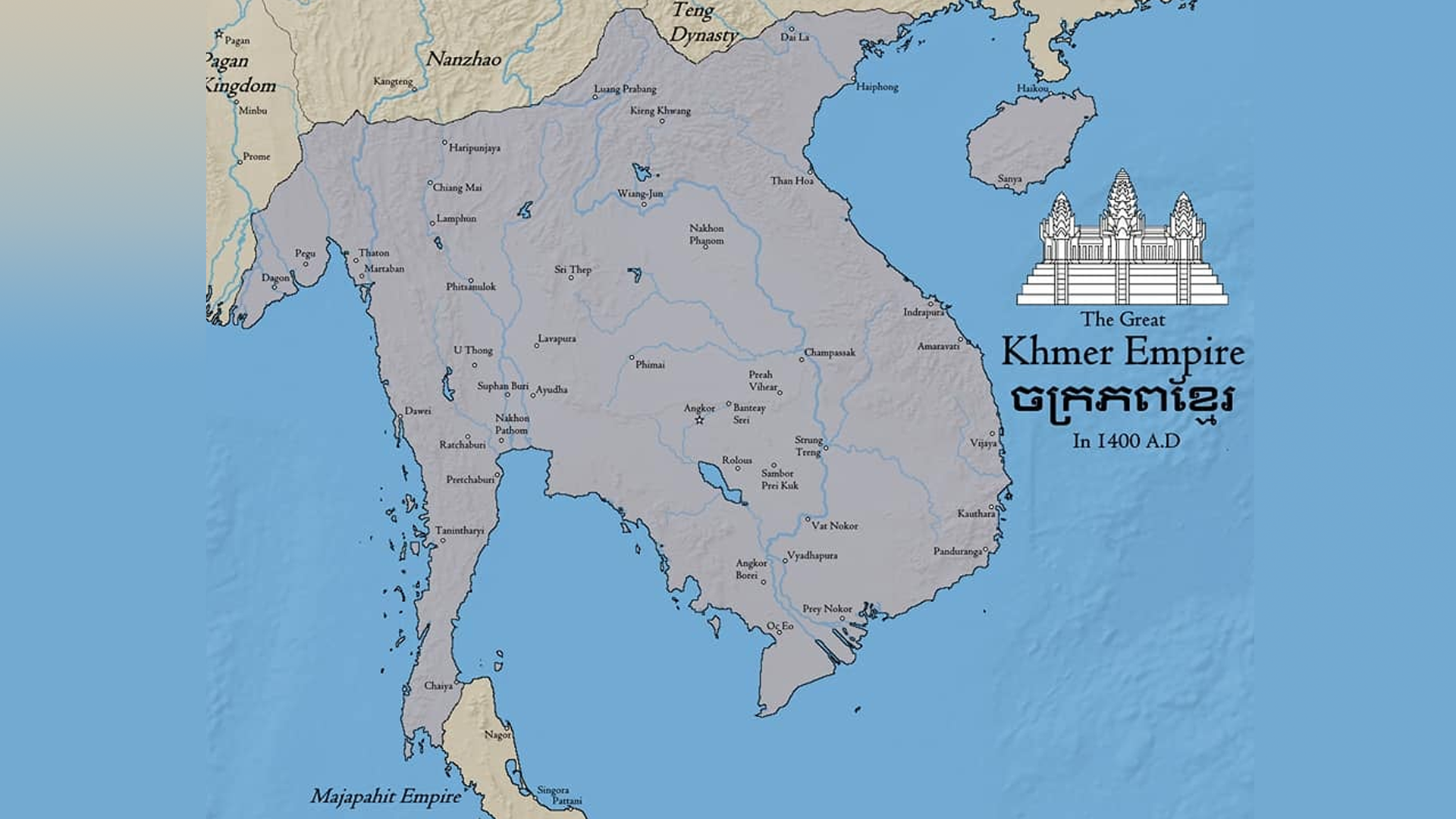DO YOU KNOW CAMBODIA?
Cambodia, a nation in Southeast Asia, is a country of ancient temples, resilient people, and a rich cultural tapestry. From the heights of the Khmer Empire to the tragic years of the Khmer Rouge, Cambodia is now emerging as a vibrant destination for travelers and a growing economy in the region.
A Land of Historical Grandeur and Natural Beauty
Cambodia's geography is dominated by a large central plain, home to the Tonlé Sap lake and the Mekong River. This fertile basin is encircled by mountain ranges. The country has a tropical monsoon climate with a distinct wet and dry season.
This landscape has nurtured a civilization that, at its peak, created some of the world's most awe-inspiring monuments.
LOCATION
Cambodia is located in Southeast Asia, on the southern portion of the Indochinese Peninsula.Geographical Borders
It is bordered by three countries:- Thailand to the west and northwest.
- Laos to the northeast.
- Vietnam to the east and southeast.

The Rise and Fall of Empires, and a Hopeful Present
The Cambodia History is best known for the "Khmer Empire", which flourished from the 9th to the 15th centuries. During this golden age, magnificent temples were built, most notably the iconic "Angkor Wat". This vast stone temple complex, a UNESCO World Heritage site, is a masterpiece of Khmer architecture and the largest religious monument in the world.
The decline of the Khmer Empire was followed by centuries of foreign influence. In the 20th century, Cambodia endured the brutal regime of the "Khmer Rouge" (1975-1979), a period that saw the death of an estimated 1.7 million people. Today, Cambodia is a constitutional monarchy, and while it still faces challenges, the country is experiencing a period of peace and development.
A Vibrant Culture
Cambodian culture is a blend of indigenous traditions and influences from Hinduism and Buddhism. Theravada Buddhism is the official religion and plays a central role in the lives of most Cambodians.
Key aspects of Cambodian culture include:
- The "Sampeah": The traditional greeting, where palms are pressed together as a sign of respect.
- Classical Dance: A highly stylized art form that often depicts stories from mythology.
- Cuisine: Cambodian food is known for its fresh ingredients and aromatic spices, with staples like rice and freshwater fish. Popular dishes include Amok (a fish curry) and Lok Lak (stir-fried beef).
- Festivals: Important celebrations include the Khmer New Year in April and Pchum Ben (Ancestor's Day) in the autumn.
A Developing Economy and Growing Tourism
Cambodia's economy has been growing steadily, driven by agriculture, garments and textiles, and tourism. The tourism industry, in particular, has seen a significant surge, with millions of visitors drawn to the country's historical sites and natural beauty.
The main tourist destinations are:
- Siem Reap: The gateway to the temples of Angkor.
- Phnom Penh: The bustling capital city, with its Royal Palace, Silver Pagoda, and poignant Tuol Sleng Genocide Museum.
- The Southern Coast: Offering beautiful beaches in cities like Sihanoukville and Kep.
- Battambang: Known for its well-preserved French colonial architecture and the famous bamboo train.


